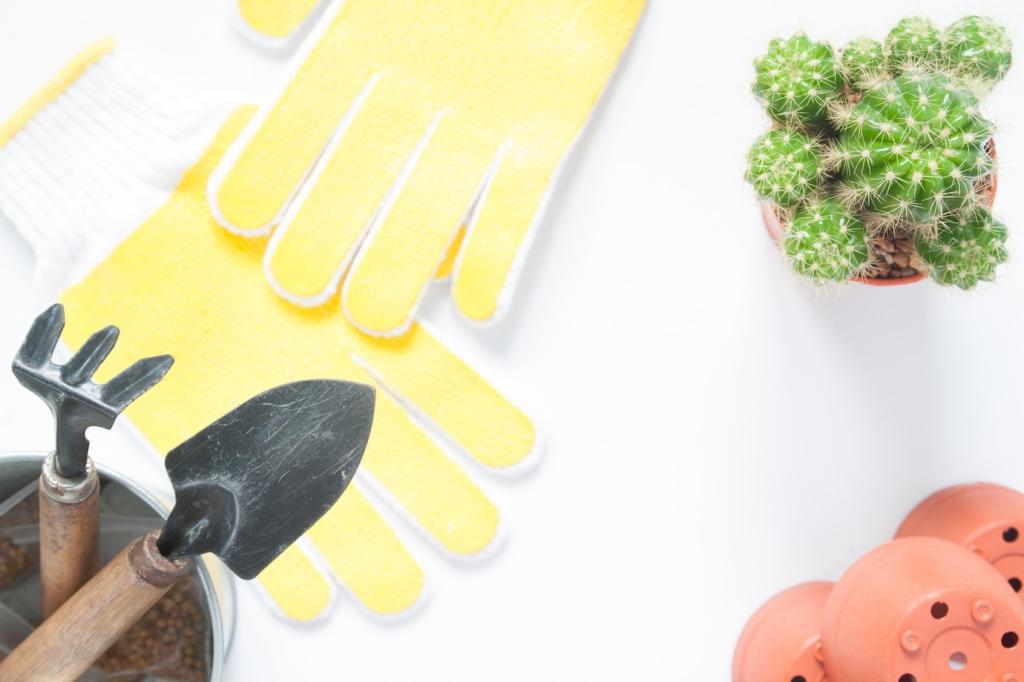
Naturally Renewed: Plant-based Furniture Conditioning Techniques
Chosen theme: Plant-based Furniture Conditioning Techniques. Welcome to a gentler, greener way to revive wood, nourish finishes, and fill your home with healthy, low-VOC glow. Settle in for practical methods, heartfelt stories, and recipes you can trust—then subscribe to stay inspired by every new plant-powered technique.


Why Plant-Based Furniture Conditioning Techniques Matter
Drying oils like pure tung and polymerized linseed form protective films as they cure, releasing far fewer concerning vapors than solvent-heavy products. That means calmer lungs, quieter noses, and finishes you can refresh without evacuating the room. If you’ve switched to greener cleaners, this is the logical next step—tell us how your space feels after going plant-based.
Why Plant-Based Furniture Conditioning Techniques Matter
Flaxseed, tung nuts, and hemp are renewable crops, and carnauba or candelilla waxes are plant-based by nature. Used thoughtfully, they reduce reliance on fossil-derived finishes while honoring the wood’s character. You’ll notice less plastic-like buildup and more living texture. If sustainability guides your projects, drop a note about the changes you’ve seen over time.
Key Plant-Derived Ingredients and What They Do
Pure tung oil cures into a tough, water-resistant finish with a mellow, hand-rubbed look. Polymerized linseed (heat-treated, no metal driers) speeds curing and adds warm amber tone. Hemp oil penetrates easily and is wonderfully beginner-friendly, though slightly softer. Start small, compare results on a hidden spot, and tell us which oil your pieces prefer.
Carnauba is famously hard and glossy; candelilla is a touch softer and excellent for vegan pastes; soy wax blends add glide and spreadability. A light wax layer over cured oil enhances sheen and abrasion resistance while keeping the surface repairable. Try a wax-buff test panel and report your favorite glow level for daily-use furniture.
Citrus d-limonene thins oils and pastes for easier spreading, but still needs ventilation like any solvent. Keep fragrances subtle or skip them for sensitivity; if you add essential oils, limit to a few drops per batch. Patch test both wood and nose, then share your scent-free or lightly-scented successes with the group.


Preparing Surfaces the Natural Way
Dust thoroughly, then wipe with a mild castile-soap solution and a barely damp microfiber cloth to lift grime without flooding the grain. Avoid ammonia or harsh degreasers that can raise fibers and dull patina. Let the piece dry fully before you start. Share your go-to gentle cleaners so others can prep with confidence.
Application Methods That Elevate Your Finish
Load a lint-free cotton or hemp cloth lightly, work the oil with the grain, and allow 10–15 minutes of penetration. Wipe absolutely all excess; thick films wrinkle and stay sticky. Give each coat ample time—often 24–72 hours depending on oil and climate. Patience pays off. Track your cure times and compare notes with others.


Application Methods That Elevate Your Finish
After the oil cures, apply a whisper-thin wax layer and buff in stages: soft cloth, then firmer pressure, then a final quick, bright pass. Gentle friction warms waxes like carnauba, helping them level and harden into a satiny shell. Try varying pressure to tune the sheen and share your favorite buffing cloths.
DIY Plant-Based Conditioner Recipes
Everyday oil-and-wax paste
Melt 1 part candelilla or carnauba wax, then blend in 3 parts polymerized linseed or hemp oil and about 0.5 parts citrus solvent for spreadability. Cool to a soft balm. Apply thinly, let set, and buff. It’s ideal for chairs, cases, and rails. Share photos of your balm’s texture to help newcomers.
Hard-wearing tung oil blend
Mix 2 parts pure tung oil with 1 part citrus solvent for improved penetration; optionally stir in up to 5% finely grated carnauba for extra hardness. Wipe on, wait, wipe off, and repeat across several days. The result is durable yet repairable. Post your coat count and room humidity for comparison.
Aromatic, sensitivity-aware refresher
Prefer unscented? Use straight hemp oil, applied whisper-thin and buffed dry. If adding fragrance, limit to one or two drops of essential oil per 100 ml and test for sensitivities. A neutral finish keeps noses happy and highlights the wood’s own aroma. Tell us whether you went fragrance-free or cautiously scented.

